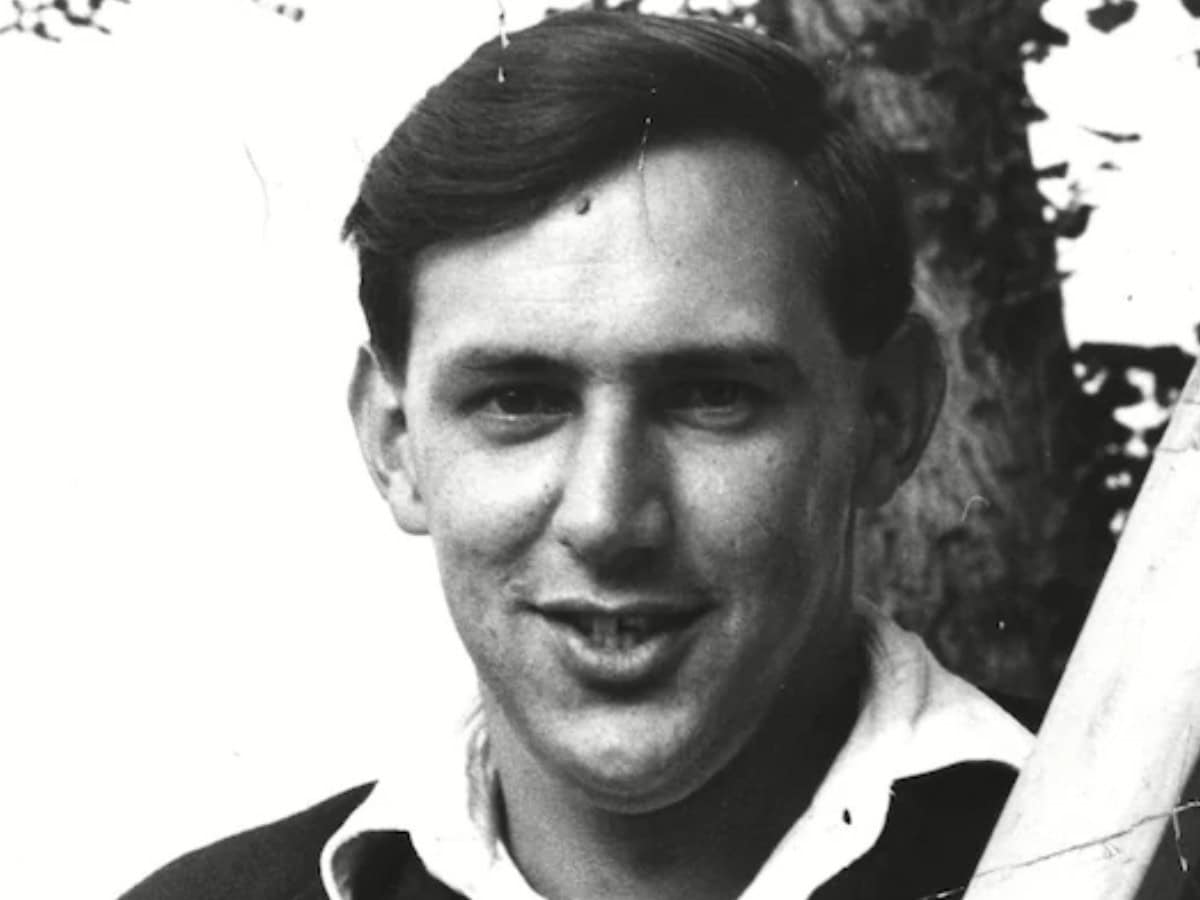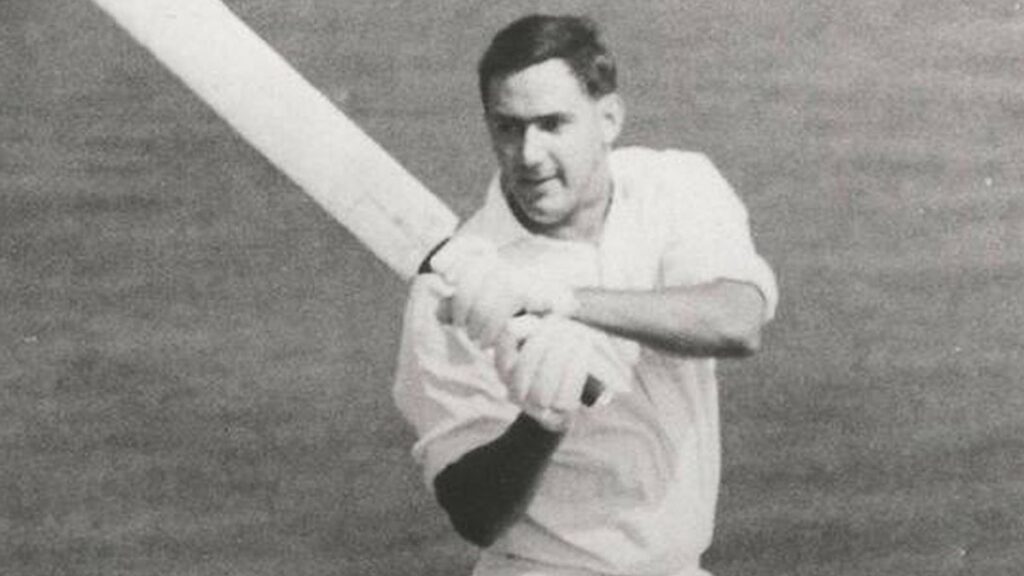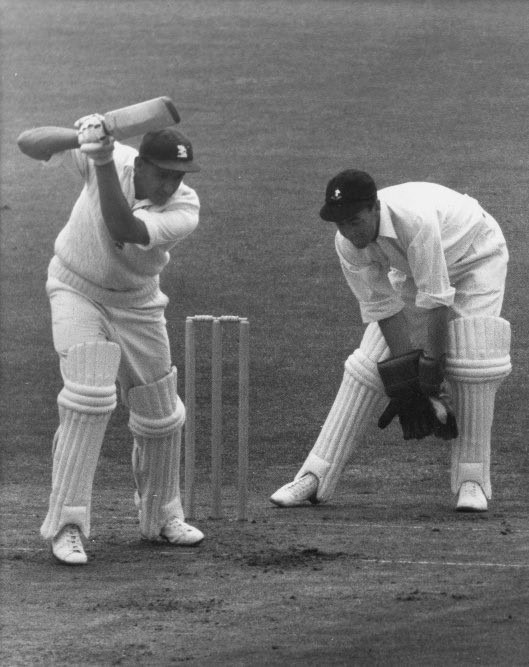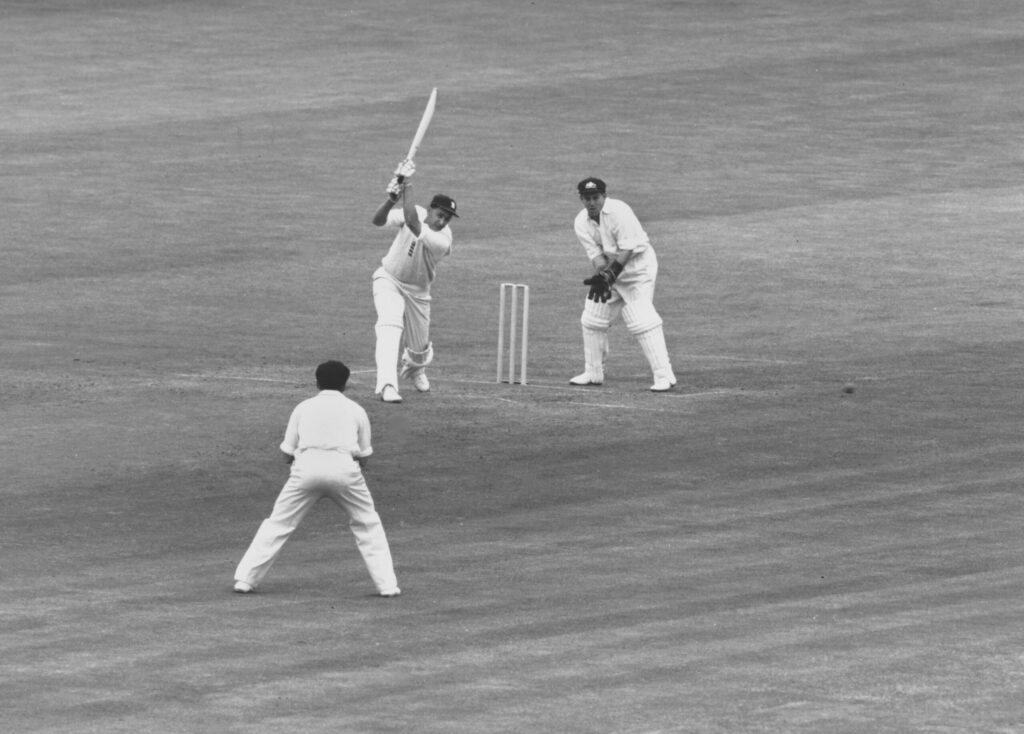
Raman Subba Row, who passed away recently at the age of 92, was the oldest surviving Test cricketer for England until his death. During his distinguished career he played a significant role not only as a player but also as an administrator and manager. Due to his initiative, English cricket emerged from an archaic system and acquired a modern outlook.
His father Panguluri Venkata Subba Rao hailed from Bapatla in Andhra Pradesh. The gentleman went to the UK, settled down there and married a lady named Doris Mildred Pinner. So that is why Raman was born in the town of Streatham in the county of Surrey and grew up there. At some point of his school career in the UK, the spelling of his name got changed from Rao to Row and so that became the official spelling.

Raman grew up loving cricket and soon became a good left-handed opening batsman and an occasional bowler. After joining Cambridge University, his talent blossomed further. The Cambridge University team of those days was considered as strong as the top county teams of the time. So getting selected for the university side showed that Raman had great potential.
In 1953 he played two seasons for Surrey County before switching to Northamptonshire. In 1958 he was appointed captain of the county and compiled a commendable triple century against his previous team Surrey.
Later he got the nod to play for England in Test cricket alongside some of the legendary names of those days. His teammates included Fred Trueman, Colin Cowdrey, Peter May, Ken Barrington, Brian Statham and Tony Lock. He scored three centuries in the 13 matches that he played for England and in 1961 he was selected as one of Wisden’s Cricketers of the Year. But thereafter he decided to bring his cricket career to an abrupt end to focus on his job.

Those were the days when cricketers did not receive high salaries from the game and had to depend on a steady job to earn a living. Perhaps this factor prompted him to call it a day when he still had enough energy in him to take his playing career to a higher level.
But he continued to be involved with cricket in other ways. In later years, he served as Chairman of Surrey and was an influential figure in English county cricket. He also served as Chairman of the Test and County Cricket Board (TCCB) and then was appointed match referee by the ICC. As a match referee he supervised 160 matches.
Visited Bapatla and Hyderabad
When the England team toured India in 1981-82, Raman came along as manager of the team. He used the opportunity to visit Bapatla where he was warmly felicitated by fans. When the team was in Hyderabad, former cricketer Noel Carr was one of the players selected to bowl at the nets to the England batsmen. After practice, Noel remembers that Raman gave him a letter on the England team’s letterhead which praised Noel’s abilities. That letter is one of Noel’s most prized possessions now.
Changed English cricket
Raman Subba Row changed English cricket in many ways. He was one of the persons who formed the TCCB which was the forerunner of the present ECB which is now the governing body of cricket in England and Wales. By doing so, he helped to loosen the grip that the old Marylebone Cricket Club (MCC) had on English cricket.

Said a teammate named Bernie Coleman: “Raman understood before all of us that a private club, however influential it may be, should not run cricket throughout the land. He had the vision, he put it all down on paper and he sorted out all the legal angles. He was way ahead of the rest.”
Raman also played a leading role in giving a new lease of life to the famous Oval ground (where India had chalked up a historic victory over England in 1971). The ground had run into a severe financial crisis before Raman Subba Row stepped in. He started a move called Save The Oval in 1988 and managed to find new sponsors and generate finances.
Remained an inspirational figure
In later years he began to lead a semi-retired life due to failing health. But he remained an inspirational figure for many of the younger cricketers. He is survived by his wife Anne, daughter Michelle, son Alistair, eight grandchildren and one great grandchild.



